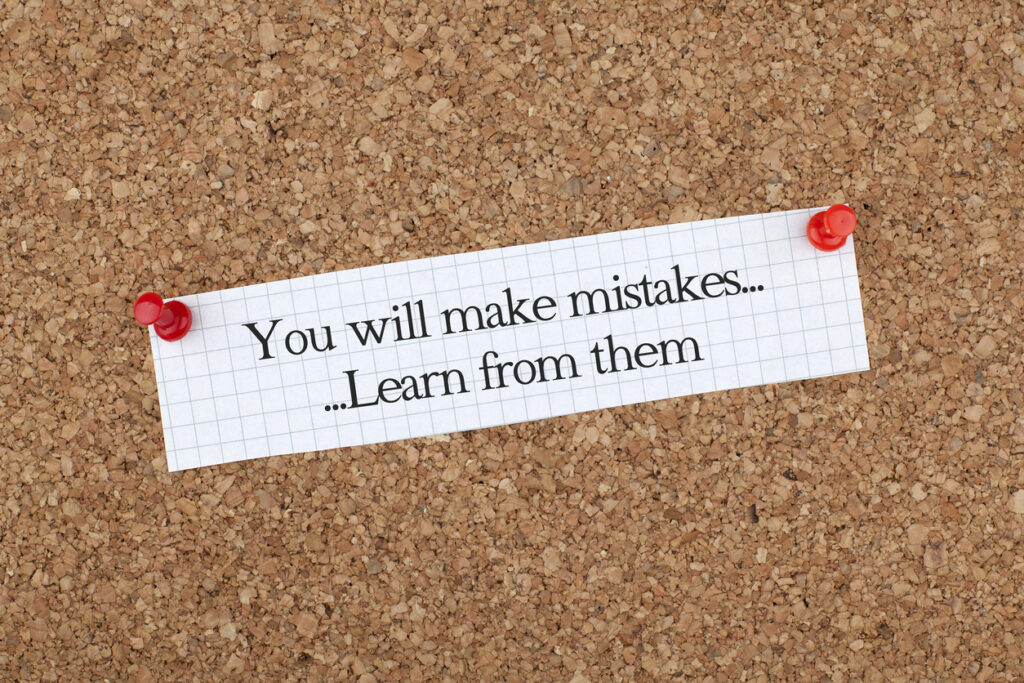 How to give useful feedback? How to make a helpful observation that does not make a person defensive?
How to give useful feedback? How to make a helpful observation that does not make a person defensive?
I recently received some highly effective feedback, criticism so deftly delivered that I almost felt as if I were being complimented!
My public speaking is generally confined to teaching a module on personal leadership and business ethics to the incoming real estate graduate students at the University of Florida, and to internal gatherings of my company.
I am a high-energy person when I get going. Often I pace, wander all over the room. I sometimes sit on the desk next to a student if we get into a discussion. I have been told that some people find all that pacing disconcerting.
Blaine Lee, one of the founders of the Covey Leadership Center, recently delivered a one-day seminar on Principle-Centered Leadership to 90 or so Collier Company Team Members. During the day I spoke several times extemporaneously.
During a break, Blaine complimented me on the effectiveness of my speaking, on the connection I made with the audience when I spoke from my heart. Blaine then uttered, “Nathan, pace with purpose.” Pace with purpose? Huh?
“You pace, Nathan. Use it. Use it to emphasize your message. Use it deliberately. Pause when you have a point to make, work it into the timing of your message. Pace with purpose. Work with it, turn a potential weakness into a strength. And, by the way, it probably would not hurt to pace just a tiny bit less.”
I’ve elaborated a bit on what Blaine said, adding as much what I heard and thought about what he said, and how I can use his feedback. Note that he did not tell me to stop pacing, instead he advised me how to modify a natural behavior, turning it into a strength.
Several specific points to make about giving effective feedback:
– Take the time to pick the “teaching moment,” when someone is not feeling defensive
– Be clear, be specific
– Include what is right, what is good (“he complimented me on the effectiveness of my speaking, on the connection I made”)
– Be pithy. Pick and choose the best growth opportunity, the highest leverage point. Better one observation responded to than many that can overwhelm
– Look for ways to turn weaknesses into strengths, to modify or direct natural tendencies toward greater effectiveness
Closing Quotes:
“Criticism may not be agreeable, but it is necessary. It fulfills the same function as pain in the human body. It calls attention to an unhealthy state of things.” — Winston Churchill
“Criticism is something we can avoid easily by saying nothing, doing nothing, and being nothing.” — Aristotle
“We need very strong ears to hear ourselves judged frankly, and because there are few who can endure frank criticism without being stung by it, those who venture to criticize us perform a remarkable act of friendship, for to undertake to wound or offend.” — French philosopher Michel de Montaigne
_________________
Characteristics of Effective Feedback
From Stanford University’s Haas Center for Public Service and the Student Activities and Leadership Office at the University of Michigan
1. It is specific rather than general. To be told that one is “dominating” is not as useful as to be told “You were not listening to what the others said, and I felt I had to agree with your arguments or face attack from you.”
2. It is focused on behavior rather than on the person. It is important that we refer to what a person does rather than to what we think or imagine he/she is.
3. It takes into account the needs of the receiver of the feedback. Feedback can be destructive when it serves only your own needs and fails to consider the needs of the person on the receiving end. It should be given to help, not to hurt. It is directed toward behavior which the receiver can do something about.
4. It is solicited rather than imposed. Feedback is most useful when the receiver has formulated the kinds of questions which those observing can respond to.
5. It involves sharing information rather than giving advice. By sharing information, we leave a person free to change in accordance with goals, needs, etc. When we give advice we tell a person what to do and, to some degree, take away the person’s freedom to decide for himself.
6. It is well timed. In general, immediate feedback is most useful (depending, of course, on the person’s readiness to hear it, support available from others, etc.). The reception and use of feedback involves many possible emotional reactions. Excellent feedback presented at an inappropriate time may do more harm than good.
7. It involves the amount of information the receiver can use rather than the amount we would like to give. Overloading someone with feedback reduces the possibility of their effectively using what they have received. When we give more than can be used, we are more often than not satisfying some need of our own rather than helping the other person.
8. It concerns WHAT is said or done, or how it is said or done, not WHY. The “why” takes us from the observable to the inferred and involves assumptions regarding motive or intent. Telling a person what her motivations or intentions are more often than not tends to alienate the person and contributes to a climate of resentment, suspicion and distrust; it does not contribute to learning or development. It is dangerous to assume that we know why a person says or does something, or what he “really” means, or what she is “really” trying to accomplish. If we are uncertain of the person’s motives or intent, this uncertainty itself is feedback and should be revealed.
9. It is checked to insure clear communication. One way of doing this is to have the receiver rephrase the feedback to see if it corresponds with what the sender has in mind. No matter what the intent, feedback is often threatening and thus subject to considerable distortion or misinterpretation.




